Discovery of votive tablets proves existence of protohistoric settlement in Perlis
KANGAR: The votive tablets discovered in Gua Berhala and Gua Kurong Batang are the physical evidence of the existence of a settlement for protohistoric community in the state of Perlis in the ninth century.
Kota Kayang Museum director Siti Munirah Kasim said the tablets were either circular or pear-shaped lumps of clay with Buddhist images and inscriptions.
“The votive tablets were discovered by archaeologist Dr Alastair Lamb in 1962 and the inscriptions were studied and deciphered by Dr Nasha Rodziadi Khaw who is a senior lecturer at the Centre for Global Archaeological Research, Universiti Sains Malaysia, Penang.
“The votive tablets are in good condition compared to the pieces found in Lembah Bujang, Kedah and in Gua Chawas, Kelantan,” she told Bernama here on Friday (Sept 1).
She said the votive tablets were among the earliest artefacts kept at the Kota Kayang Museum since it was opened to the public in 2000.
Meanwhile, Nasha said the votive tablets found in Perlis, contain Buddhist texts that were not found in other sites in Malaysia.
He said the inscription texts which contained hymns, were written in Sanskrit using Nagari characters.
Similar inscriptions were also found in Pakistan, Afghanistan, Tibet (China), and the island of Java (Indonesia).
“In the context of the development of ancient Kedah, this discovery proves that it coincided with the development of the Lembah Bujang, Perlis which also served as one of the trading settlements, and a stopover for Buddhist followers and monks,” he said.
He added that the discovery of the votive tablets also showed that Perlis has a very long history.
“When ancient Kedah was developing, with its port centred in the Lembah Bujang, the early communities in Perlis also had relationships with foreign traders at that time.
“This indirectly also proves the importance of Perlis in terms of economy and geostrategic location in the ninth century,” he said.
Meanwhile, state Tourism Committee chairman Wan Badariah Wan Saad said that she hoped the ancient artefacts could be used as one of the attractions for visitors to Kota Kayang Museum in conjunction with Visit Perlis Year (TMP) 2024-2025.
“There are still many fans of ancient artefacts who are still unaware of the existence of the votive tablets kept in the Kota Kayang Museum,” she said.
Wan Badariah also hopes that more research would be done to unravel the secrets of the votive tablets. – Bernama


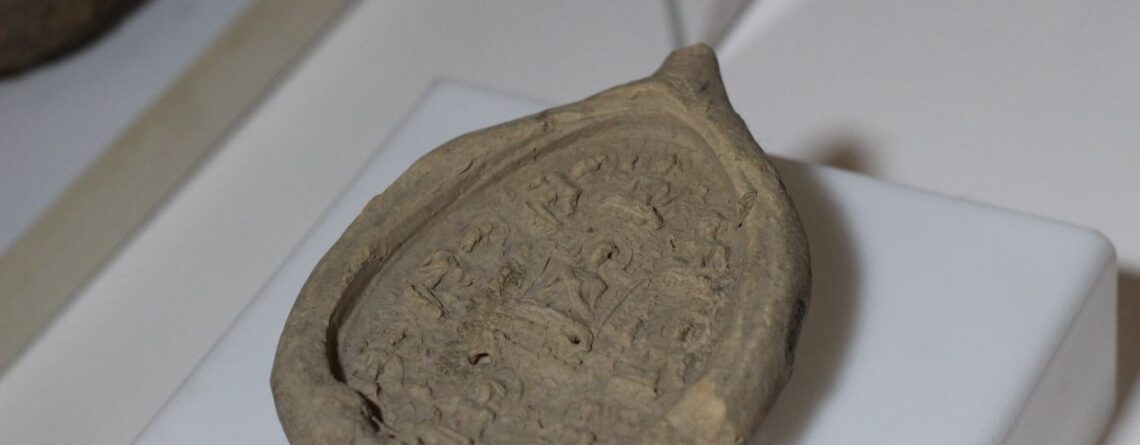

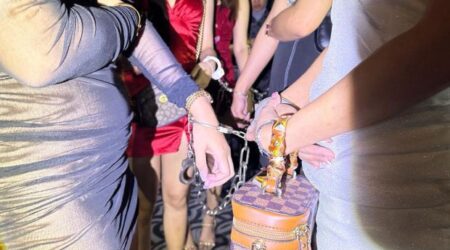
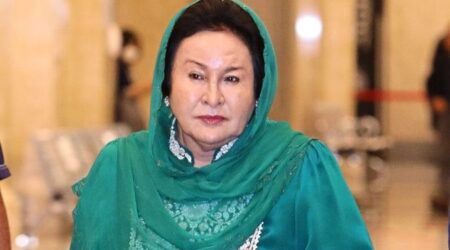



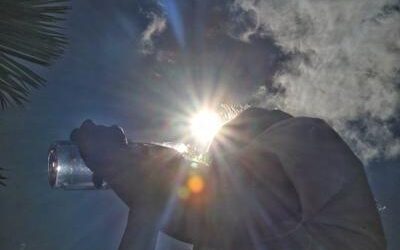
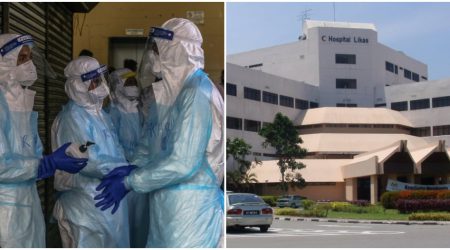

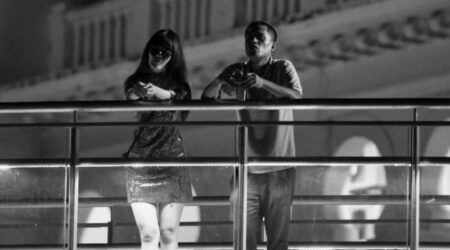

Leave a Reply